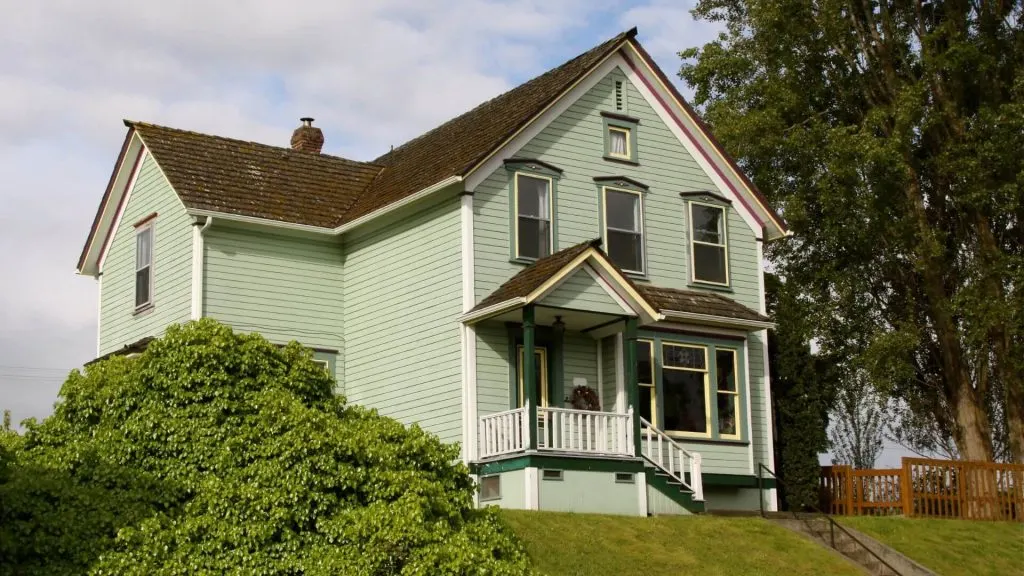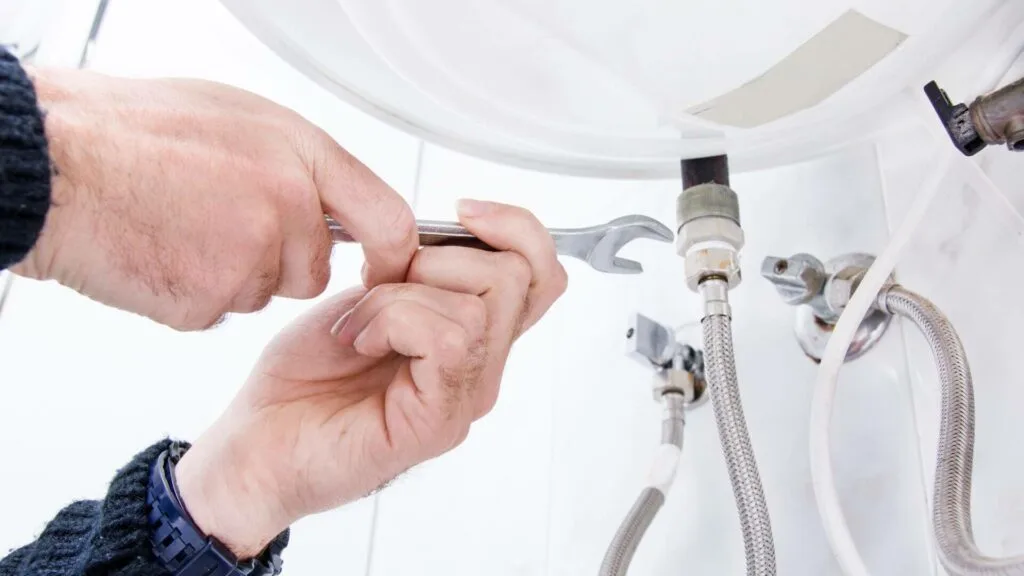One of the most unique challenges of living in an old house is its eco-friendly aspect. Technically, yes, living in an old house is sustainable, but at the same time, it could not be sustainable. For example, it would have to add new things to make it energy efficient (new windows, insulation, etc.).
But it’s not just energy efficiency that needs to be considered; it’s the plumbing, too. The pipes get old, and they’ll need replacing at one point, but leaks are far more prevalent at older houses, too. But what can you do to ensure you’re being green regarding water consumption? Well, here are a few things you can do!

Start with a Plumbing Check-Up
The first step towards eco-friendly plumbing is ensuring your current system is in good shape. So, in all honesty, it’s really about hiring the right plumbers to get the job done. So, you just really need to keep in mind that leaks can be major culprits in water wastage- usually the biggest one in a home. Even a small drip from a tap can waste up to three gallons of water a day! So, the easiest and most helpful thing you could do is to consider inviting a friendly local plumber to check your system thoroughly.
They can spot hidden leaks, fix drips, and suggest improvements that make your home more water-efficient. For the most part, it’s cheaper in the long run to hire a plumber now, let them do their checks, and just annually let them do maintenance inspections. It’s just easier, cheaper, and better as the chances for plumbing disasters instantly lowers.
Besides, regular maintenance not only prevents waste but also extends the life of your plumbing, saving you money in the long run. It also helps address issues caused by hard water and plumbing problems, which can quietly damage your system over time if left unchecked.
Install Water-Saving Fixtures
One of the simplest ways to reduce water usage is to upgrade to water-saving fixtures. For the most part, there really aren’t any upfront investments needed, as they’re pretty affordable. For example, you might want to look into modern taps, showerheads, and toilets, which are designed to use significantly less water without compromising on performance.
Probably one of the best examples out there (that gets the most attention anyway) would have to be low-flow showerheads since these can cut water use by up to 50% while still providing a luxurious shower experience. Something that’s installed in most European bathrooms would be dual-flush toilets, as these offer two flushing options – a full flush for solids and a half flush for liquids – making them an efficient choice for conserving water.
Start Harvesting Rainwater
Now this isn’t for drinking, but you can still use rainwater for other purposes. But you just have to keep in mind that not every region or state can do this. For example, Utah and Colorado make it illegal, but there might be regions (even in a local scale) where this could be illegal, too. So before you buy one, just double-check to make sure you’re not breaking the law.
Anyways, this could be great for gardening, flushing toilets (depending on the system, usually for tiny homes), and washing your car. But on top of that, rainwater is naturally soft and free of the chemicals found in tap water, making it better for your plants and soil. Plus, it’s a wonderful feeling to see your garden thriving on the rainwater you’ve harvested yourself! It helps that there are plenty of cute barrels out there for you to choose from.
Consider Greywater Recycling
Now, this one gets a lot of flack, but it can work! But what exactly is this, though? Well, greywater is the relatively clean wastewater from baths, sinks, washing machines, and other kitchen appliances. Instead of letting it go to waste, greywater can be reused for tasks like toilet flushing or irrigation. There are kits if you want to use them, or even an old-fashioned bucket could work, too. But you’re drastically saving water by doing this.
Fix Those Drips and Leaks
It was already mentioned before, but it’s worth repeating: fixing leaks is crucial. So, just think about it for a moment; a dripping tap or a running toilet can waste a surprising amount of water. If you’re handy, you might be able to fix minor leaks yourself with a bit of DIY. If not, don’t hesitate to call in a professional. The sooner you tackle leaks, the less water (and money) you’ll waste. Plus, you’ll have the peace of mind that comes with knowing your home is running efficiently.

Eco-Friendly Plumbing: Tips to Reduce Waste and Save Water
By adopting these eco-friendly plumbing practices, you can significantly reduce your water consumption, lower your utility bills, and contribute to a more sustainable future. Remember, even small changes like fixing leaks and using water-saving fixtures can make a big difference.pen_sparktunesharemore_vert

Jessi is the creative mind behind The Coffee Mom, a popular blog that combines parenting advice, travel tips, and a love for all things Disney. As a trusted Disney influencer and passionate storyteller, Jessi’s authentic insights and relatable content resonate with readers worldwide.
